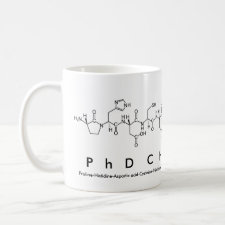
Authors: Nantasenamat C, Isarankura-Na-Ayudhya C, Naenna T, Prachayasittikul V
Article Title: Quantitative structure-imprinting factor relationship of molecularly imprinted polymers.
Publication date: 2007
Journal: Biosensors and Bioelectronics
Volume: 22
Issue: (12)
Page numbers: 3309-3317.
DOI: 10.1016/j.bios.2007.01.017
Alternative URL: http://www.sciencedirect.com/science/article/B6TFC-4MY6G8V-2/2/c431ae7a26de96ef416d8298046ee22f
Abstract: Computational approach for evaluating the feasibility of template-monomer complexes has great potential in assisting the selection of appropriate functional monomers for template molecule of interest. A quantitative structure-property relationship (QSPR) study of template-monomer complexes was investigated for the prediction of imprinting factor of molecularly imprinted polymers (MIPs). The data set was based on uniformly-sized MIP particles taken from the literature and was used in our previous study for computing the imprinting factor using molecular descriptors derived from charge density-based electronic properties of molecules. In this study, we examined the feasibility of using quantum chemical descriptors and artificial neural networks for prediction of the imprinting factor. The proposed methodology reliably predicted the imprinting factor of MIPs with correlation coefficient from 0.7083 to 0.8378 albeit to a lesser degree than charge-based descriptors, which yielded correlation coefficient as high as 0.9680. The importance of mobile phase descriptors on the predictive performance of the QSPR model has surprisingly shown that the use of mobile phase descriptors alone was able to predict the imprinting factor with good performance
Author keywords: Imprinting factor, molecular imprinting, molecularly imprinted polymer, Neural network, MIP, QSPR



Join the Society for Molecular Imprinting

New items RSS feed
Sign-up for e-mail updates:
Choose between receiving an occasional newsletter or more frequent e-mail alerts.
Click here to go to the sign-up page.
Is your name elemental or peptidic? Enter your name and find out by clicking either of the buttons below!
Other products you may like:
 MIPdatabase
MIPdatabase









